Make Nobu‘s famous Miso Cod at home today! Also known as Black Cod with Miso, this classic Japanese seafood dish is delicate, buttery, and melt-in-your-mouth delicious. You‘ll be surprised by how easy it is to pull this off at home.
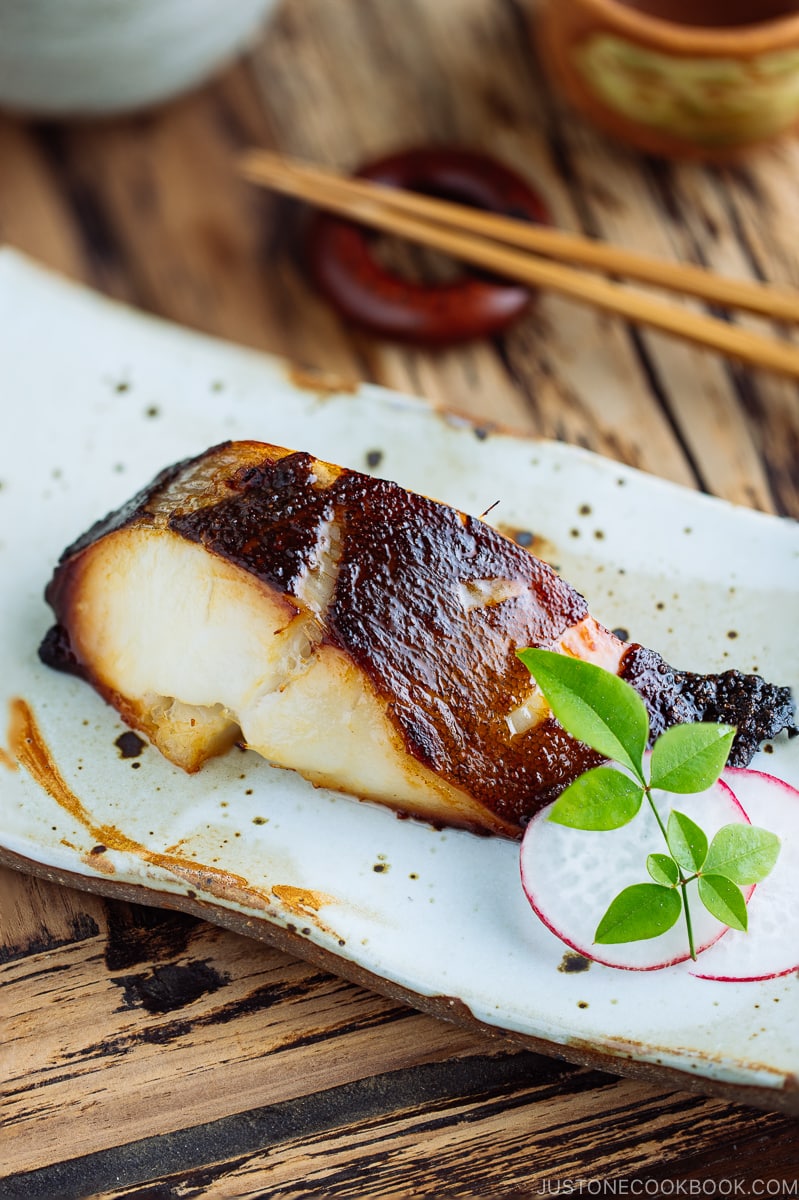
A classic Japanese dish, Black Cod with Miso (or simply Miso Cod 銀だらの西京焼き), is served at many formal Japanese restaurants. You may have heard of the dish after it’s made famous worldwide by the acclaimed fine Japanese restaurant chain Nobu. Luckily, the miso-glazed black cod recipe is simple enough that you can enjoy this wonderfully seasoned fish at home.
Table of contents
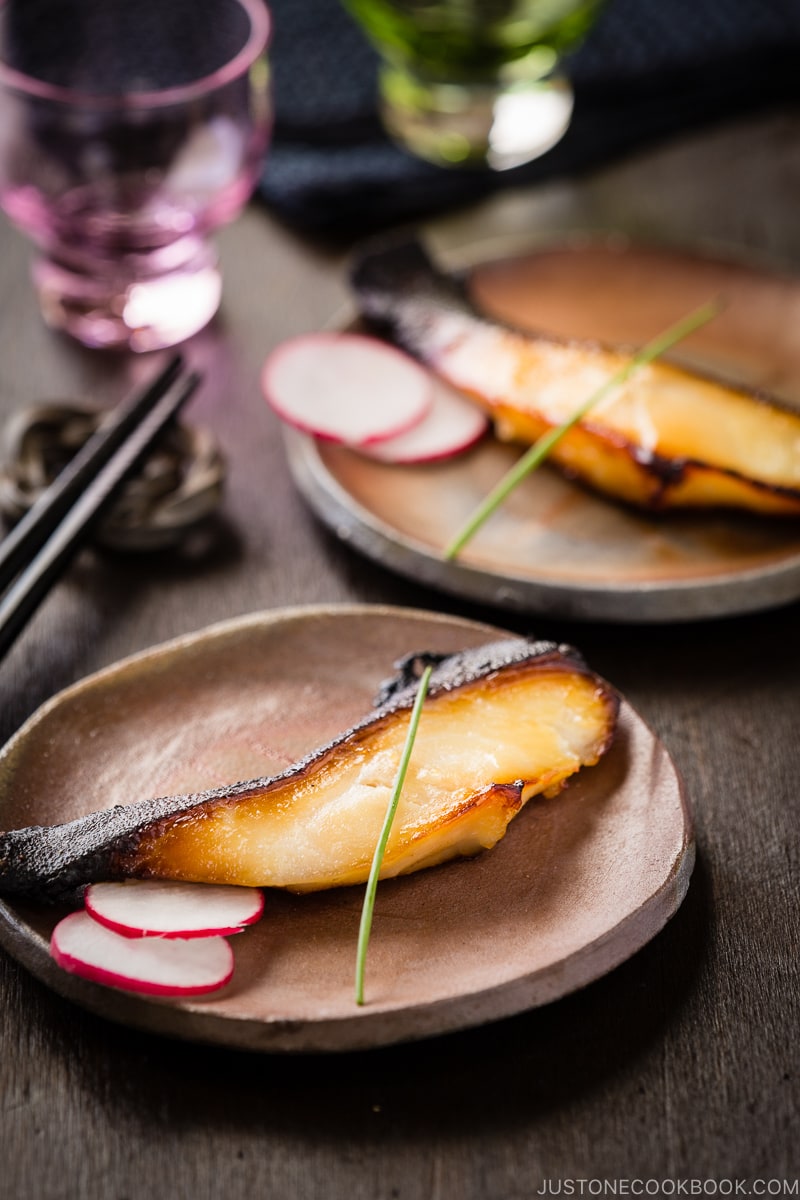
Why You’ll Love This Recipe
- It requires only a few simple ingredients. I also provided substitutes (see my Recipe Card) on how to prepare the recipe using other types of fish.
- Super fast for an elegant main dish. While the marination requires a minimum of 2 days, the actual prep time takes only 10 mins and the cook time in the oven 20 mins. All in all, a fuss-free recipe!
- Prep-friendly! After marination, you can individually wrap the fish and store it in a freezer bag for up to 2-3 weeks. When ready to cook, just defrost it in the fridge. Perfect for the holiday season.
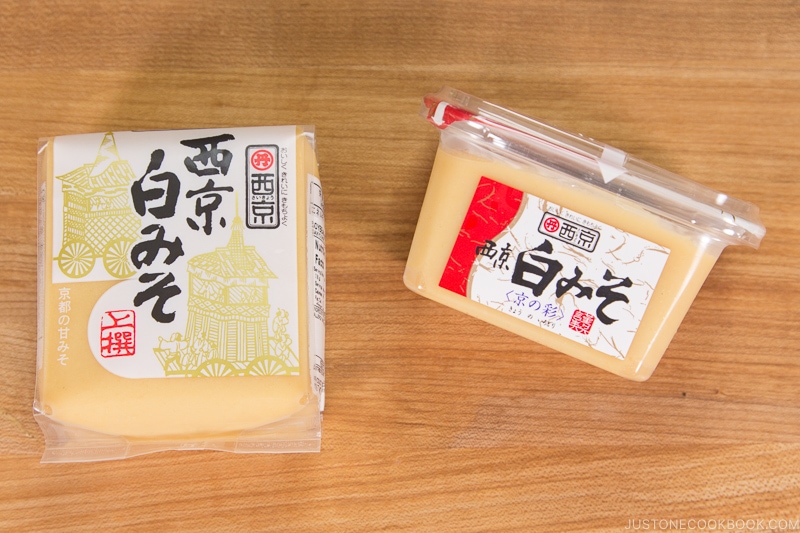
Best Type of Miso Paste for Miso Cod
To enjoy the succulent texture, we prepare the fish by marinating it in sweet miso for at least 2-3 days until the sweet & salty flavor is completely absorbed before it is cooked. Traditionally, the fish fillet is soaked in the marinade for up to 5-7 days. In Japan, we refer this marinade as saikyozuke (西京漬け), and once it’s grilled, it’s saikyo yaki (西京焼き).
Saikyo in Japanese refers to “West City”, which is the former name for Kyoto. This specific cooking method is named saikyo because the recipe utilizes saikyo miso (sweet white miso) originated from the Kyoto area. The traditional saikyo yaki recipes include just three ingredients: Saikyo miso, mirin, and sake.
The sharpness of the miso and sweetness of the mirin work wonderfully to cut the fish’s fattiness. When it’s baked to perfection, the deep flavor of the marinade comes through and the buttery flesh simply melts in your mouth. It’s so good that my young children can easily finish one fillet of the fish on their own.
Substitute for Saikyo Miso
You can purchase saikyo miso on Amazon or local Japanese/Asian grocery stores. If you are not able to find Saikyo Miso at your local Asian grocery stores, the best miso to substitute is white miso and add sugar to sweeten the miso.
If you want to learn more about different types of miso, click here.
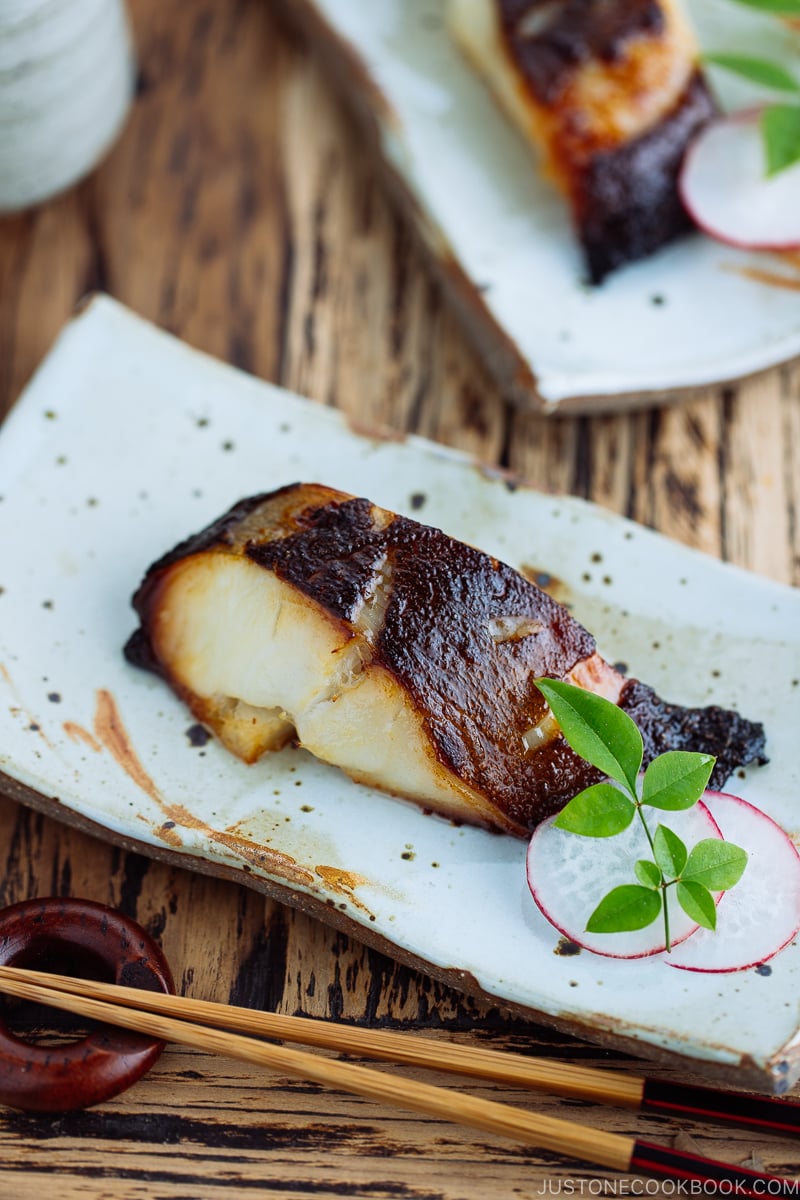
Quick Notes on Black Cod (Sablefish)
It’s easy to mistake black cod as another type of cod, but black cod is actually not a member of the cod family at all! The actual name is sablefish (gindara 銀ダラ) or butterfish, but it is commonly referred as black cod because of its similar appearance to cod.
Black cod (sablefish) is known for its silky and tender rich texture and flavor. High in omega-3 fats and quality protein, it is the preferred fish choice since it doesn’t have the strong taste of fatty fish like tuna or mackerel.
The creamy white flesh pairs extremely well with miso paste that is sweet, savory and salty. In fact, black cod with miso marinade is probably one of the most popular preparations for the fish.
Where to Buy Black Cod
I usually buy black cod from my local Japanese supermarket in the fresh fish section.
In the US, you can also find sustainable caught Alaskan black cod from online seafood companies. It’s rather pricey but it is still a much better deal to enjoy the fish at home than ordering at a fancy restaurant.
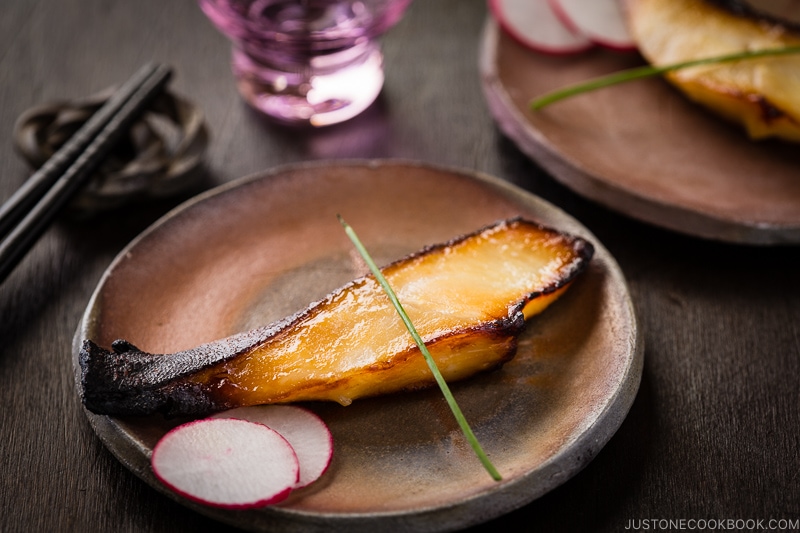
Other Fish Choices Besides “Black Cod”
If you couldn’t find sablefish, you can also use other fish to enjoy with the versatile miso marinade. I like alternating between black cod, sea bass, or salmon and my family enjoy them equally.
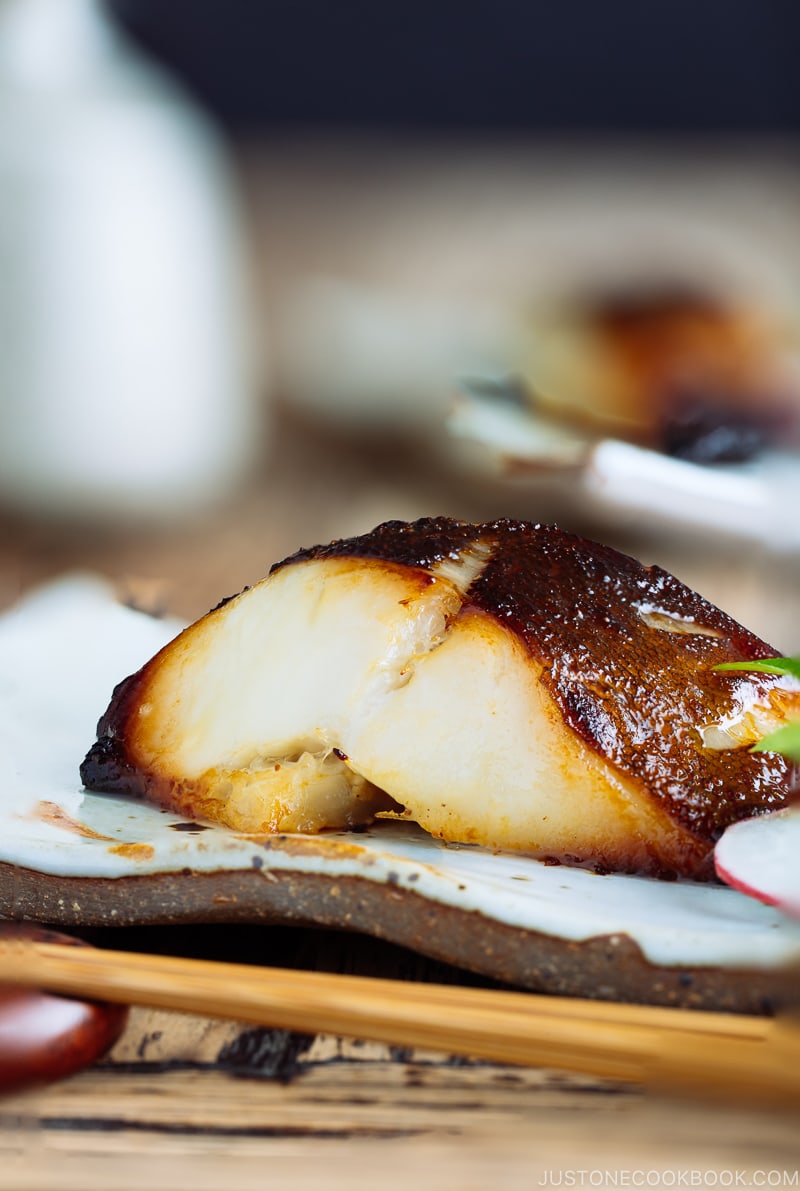
Baking vs. Broiling Fish
Although I use a broiler in my oven to cook different types of fish often (including miso cod and Japanese thin-sliced fish fillets), I recommend baking this miso cod especially if you have never tried the broiling method for black cod before. Miso burns really easily. You can’t avoid burning miso completely; however, you can minimize the burns by removing the marinade and baking this fish.
Here I summarized the difference between broiling and baking fish, and which type of fish is suitable for broiling or baking for your future reference.
Broiling
When you broil fish, the infrared energy from the heating element cooks the fish that’s placed closer to the broiler at the top of your oven. Broiling is a much faster cooking method and the fish will brown beautifully, but it burns miso, fresh herbs, and many other garnishes and requires constant attention.
When broiling, you don’t control the temperature in the oven; instead, you control the distance between the broiler and the surface of the food. It’s similar to using hotter and cooler zones on your grill.
Baking
When you bake fish, the hot air cooks the fish. The heat is carried through your oven by slow-moving natural currents of hot air, which is why baking takes a relatively long time to cook. But it can be relaxing as you do not need to constantly pay attention.
Choose Baking or Broiling Based on the Type of Fish
- Fatty fish (such as salmon, mackerel, and swordfish) can be baked or broiled at higher temperatures, ranging from 425ºF (baked) to 550ºF or 550ºF (broiler).
- Moderately lean fish (such as cod and haddock) should be brushed with oil and broiled.
- Whole fish, large fillets, or lean and fragile fish (such as sole) should be baked at temperatures 425ºF to preserve their moisture and delicate texture and avoid broiling because it’ll be overcooked too fast.
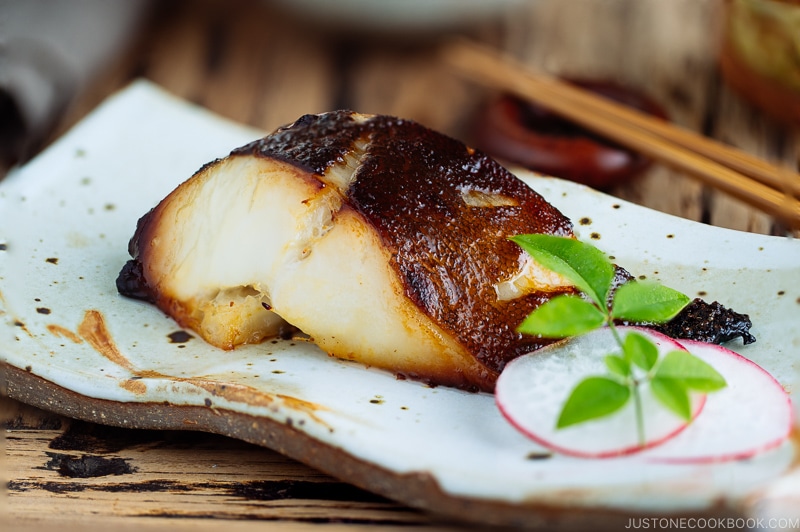
What to Serve with Miso Cod
Miso black cod makes an impressive main dish to serve as part of a classic Japanese ichiju sansai style dinner, especially on a special occasion or during the holiday. Prep it ahead, bake in the oven, and dinner is ready. Easy but no lack of elegance.
We would serve it with steamed rice, a side of green, and a simple soup. Here are some recipes that pair well with this beautiful dish:
- 21 Popular Japanese Vegetable Dishes
- Chrysanthemum Greens and Tofu Salad
- Simmered Fried Tofu and Greens
- Classic Miso Soup
- Vegetable Miso Soup
Wish to learn more about Japanese cooking? Sign up for our free newsletter to receive cooking tips & recipe updates! And stay in touch with me on Facebook, Pinterest, YouTube, and Instagram.
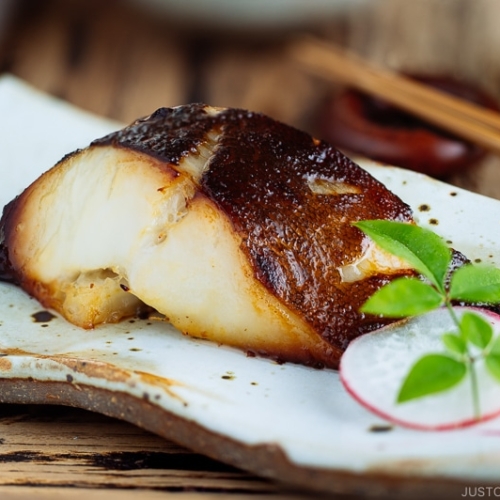
Miso Cod (Black Cod with Miso)
Video
Ingredients
- 4 fillets sablefish (gindara) (4-6 oz or 113-170 g per fillet; skin-on; about 1 inch or 2.5 cm thick)
- 2 tsp Diamond Crystal kosher salt
- 2 Tbsp sake (to clean the fish and remove its odor)
For the Miso Marinade with Saikyo Miso (Traditional)
- 6 Tbsp Saikyo miso (Kyoto-style white miso) (西京味噌, a sweet white miso)
- 3 Tbsp mirin
- 3 Tbsp sake (do not substitute)
For the Miso Marinade with Regular White Miso (Optional)
- 6 Tbsp white miso (for miso types that are saltier than white miso, add more mirin or/and sugar)
- 3 Tbsp mirin
- 3 Tbsp sake (do not substitute)
- 1 Tbsp sugar
Instructions
- Before You Start: Select the freshest fish possible, as you will be marinating this fish for a few days. Please note that this recipe requires a marination time of 2–3 days. If you use skinless fish, marinate it for a shorter period of time. You can also use salmon and sea bass in this recipe.
- Gather all the ingredients.

To Marinate the Fish (2–3 days before serving)
- Sprinkle 2 tsp Diamond Crystal kosher salt over 4 fillets sablefish (gindara) and set it aside for 30 minutes. The salt will draw out excess moisture and reduce the fish‘s odor.

- Meanwhile, make the marinade. In a bowl, add 6 Tbsp Saikyo miso (Kyoto-style white miso), 3 Tbsp mirin, and 3 Tbsp sake for the traditional recipe. (Optional: If you are making the optional recipe using 6 Tbsp white miso, add 1 Tbsp sugar.) Tip: While in some recipes we can replace sake with water, it‘s not a suitable substitute in this recipe due to the longer marination time required.

- Mix it all together and pour the marinade into a flat-bottomed airtight container.

- Pour 2 Tbsp sake over the fish to rinse off the salt. Gently pat dry with a paper towel to remove the moisture. Do not wash the fish under running water.

- Place the fish in the container and coat both sides of the fish with the marinade.

- Slather the fillets with the marinade. Cover the container and keep it in the refrigerator for up to 2–3 days for the traditional method. Tip: If you are not using Saikyo miso or regular white miso, you can reduce the marination time to several hours or overnight. Since other miso types are saltier than white miso, please adjust the flavor by adding more mirin or/and sugar.

To Remove the Fish from the Marinade
- With your fingers, wipe the marinade off the fish completely. Do not leave any excess marinade on the fish; otherwise, it will burn easily. At this point, you can individually wrap the fish with plastic wrap and store it in a freezer bag for up to 2–3 weeks. Defrost in the refrigerator before cooking.

To Prepare the Fish for Cooking
- Place the fish skin side up on a baking sheet lined with parchment paper/silicone mat (for baking) or aluminum foil (for broiling).

To Bake (Recommended)
- Preheat the oven to 400°F (200ºC) with a rack placed in the center of the oven. For a convection oven, reduce the cooking temperature by 25ºF (15ºC). Bake the fish on the parchment paper until the surface is blistered and browned a bit, about 20 minutes. You do not need to flip the fish. Please remember the cooking time varies depending on the thickness of the fish.

To Broil (Optional)
- Preheat the broiler* with a rack placed about 8 inches (20 cm) away from the top heating element (in the center of the oven) for 5 minutes. Tip: When broiling, you don‘t control the temperature in the oven; instead, you control the distance between the broiler and the surface of the food. It‘s similar to using hotter and cooler zones on your grill. *There are usually three broiler settings: Low (450ºF/232ºC), Medium (500ºF/260ºC), and High (550ºF/288ºC). I usually use the Medium (6 inches away) or High (8 inches away) setting.
- Place the fish on the foil-lined baking sheet and broil on High (550ºF/288ºC) for 8–10 minutes until the surface is blistered and browned a bit. Please remember the cooking time varies depending on the thickness of the fish and the distance between the broiler and the food. You do not need to flip the fish.
To Serve
- Carefully remove the fish with a spatula and remove any burnt miso from the fish. Serve immediately. I serve the fish with thinly sliced red radishes and garnish it with a small green leaf from my backyard for additional color. We always eat this dish with rice.

To Store
- You can keep the cooked leftovers in an airtight container and store it in the refrigerator for 3 days and in the freezer for up to a month.
Notes
- Sake: Sake is used to clean and remove the odor of the fish. You can’t replace it with water even though sometimes water is used as a replacement in some recipes. We will marinate the fish for a longer time, and water can go bad and ruin the marinade and fish.
- Mirin: Typically, mirin can be replaced with water and sugar, but for this recipe, please do not use water. If you want to omit the mirin, use sugar only. For 1 Tbsp mirin, use 1 tsp sugar.
Nutrition
Editor’s Note: The post is originally published on Sep 21, 2011. The photos and content were updated in November 2013 and July 2017. The video and new step by step pictures were added in August 2018.

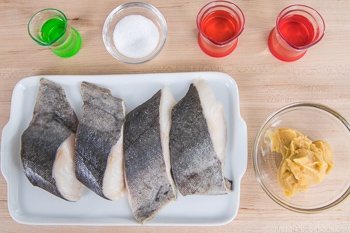
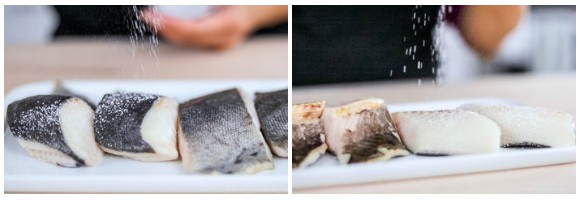

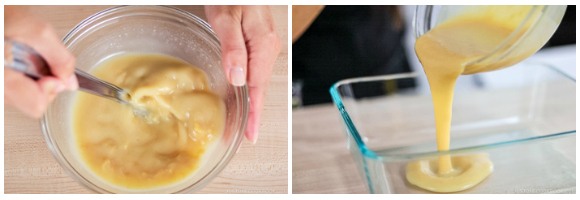

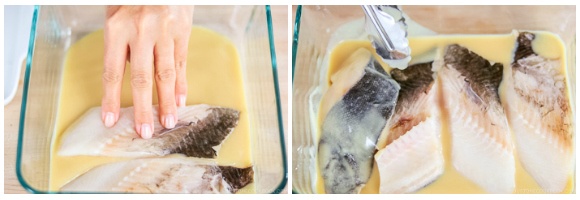
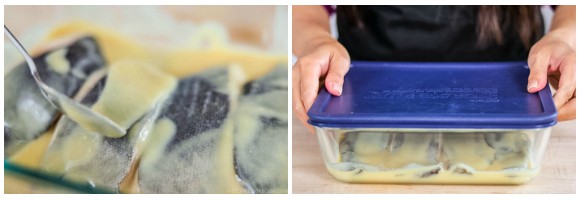
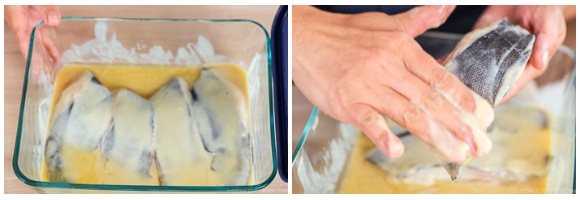
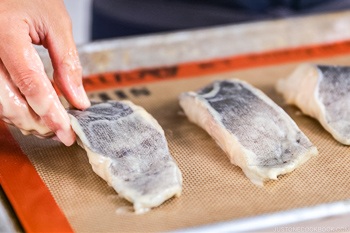
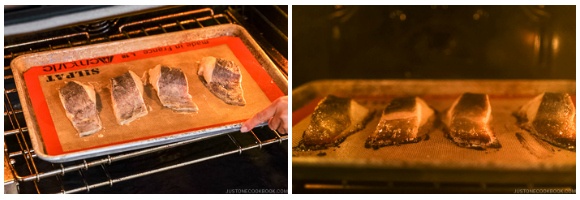
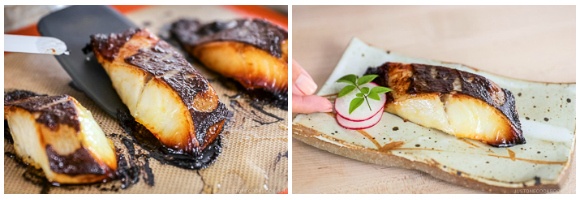


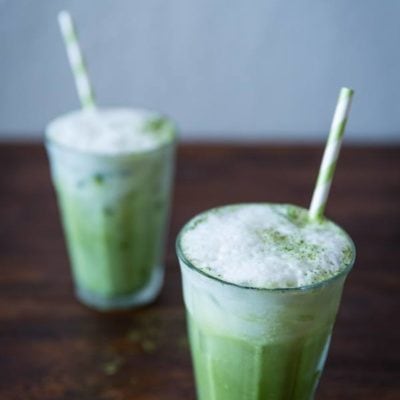


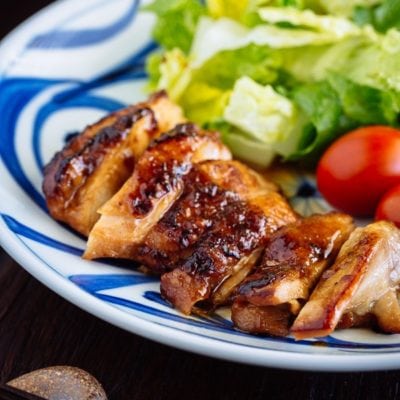
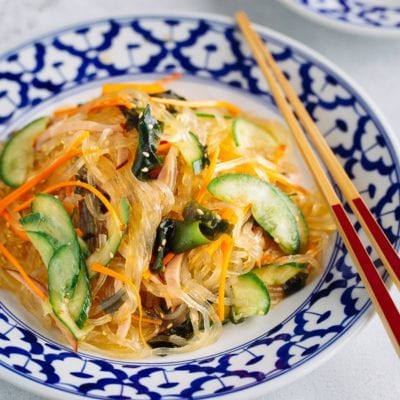

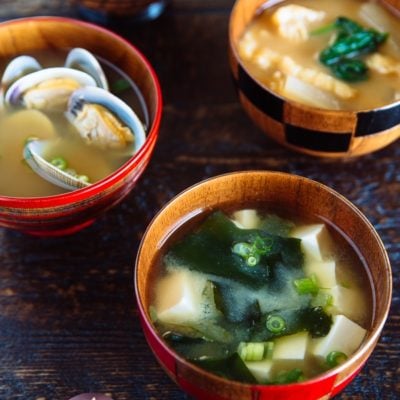


Love, love, love this recipe absolutely delicious. Took me back to the 1st time I had miso cod in Japan. Paired it with the chestnut rice (from JOC) and asparagus with sweet sauce.
Hi Lena! Thank you so much for trying Nami’s recipe and for your kind feedback!
Cheers to a wonderful Japanese meal!🥰
Hello, thank you so much for this recipe, it is delicious!! I want to make it again with a whole sablefish I purchased, can I marinate it the same way and bake in the oven?
Hi, Andrew! We’re happy to hear you loved Nami’s dish!
You can marinate the entire fish, but the marinade surface will be reduced; therefore, we recommend slicing to serving size and then marinating.
We hope this helped!
How do we know the fish is done? Is there a target temperature?
Hello, Shawn. The fish is done when the internal temperature at the thickest part reaches 145°F (63°C).
Thank you for trying Nami’s recipe! 🤗
i wonder if could use bone in chicken drumsticks with this marinade. obv cooking time would be much longer. What do you think?
Hi, Jos! We’ve never tried it before, but it sounds great.
If you attempt it, please let us know how it goes!
What temp should we cook on if were using skinless cod?
Hi, Nicole! Thank you for trying Nami’s recipe.
For cod fish without skin, we recommend reducing the baking time by roughly 10 minutes. Cooking time varies based on fish thickness, so please make some adjustments as necessary.🙂
Is there a reason for the change in measurements (i.e. grams instead of tsp/tbls for sugar, miso, etc)? I think it was easier to follow with your prior measurements.
Hi, Yongtae! Please click the US Customary box at the top of the recipe card. It will reset the measurement to tsp/tbsp.
We hope this helps!🤗
we trie this over new years and it was so delicious! i felt a little intimidated by the idea of curing fish in miso, but im so glad i tried it, your instructions were great and this actually is a really easy and satisfying recipe. we could only find plain white miso, and salmon was the best fish at the store, so it wasnt exactly to the recipe. but it was still awesome! we did 2 days of marinating since our salmon was quite thick, and id rather work around over salty vs under. but it was the perfect salt levels and we had it over a bowl of rice with some miso soup and sauteed baby bok choy. we are already planning to make it again this week and i can see it becoming a real staple it our rotation. thank you for the recipe!
Hi Nicole! We are glad to hear that you enjoyed the dish!
Thank you for trusting Nami’s recipe and giving it a try.
Happy Cooking!
Can we make use of the leftover marinade? And how to do so? Seems like a waste to pour it away!
Hello, there! You may heat it and use it as a sauce for other recipes, or cook it with other ingredients.
For the best taste and quality, be sure to heat it and use it within a few days. We hope this information is helpful to you!
I enjoyed this recipe. My wife doesn’t eat fish. Do you think it would work with chicken or duck? Carrots?
Hi Tim, We’re glad you enjoyed Nami’s recipe.
Yes. You can substitute other proteins for the black cod, but we recommend reducing the marinade time to up to 24 hours.
We hope this was helpful!
Just made this recipe for the first time a few weeks ago and everyone loved it!
I do have a question though: how many oz/grams is each filet supposed to be?
Thanks!
Hello, Angel! We’re pleased everyone enjoyed it as much as we did!☺️
Thank you for the question. We have added weights to the recipe. We suggest 4-6 oz (113-170 g) per fillet size.
Thank you for trying Nami’s recipe!
This recipe calls for not heating the miso and the sake and mirin when mixing. What is the benefit of heating it vs not heating it to mix them together? Other than the preparation time of course?
Hi LLL, Thank you for trying Nami’s recipe!
If you heat up Sake, some of the alcohol will cook out. For a recipe like this, you want to take advantage of the alcohol. It improves the texture and flavor of the fish.
We hope this was helpful!
How would I use Takara Masamune Mirin? It says Sweet Sake for cooking. It also says Mirin on the bottle
Hi Kim! Thank you for trying Nami’s recipe!
We understand how perplexing it is. But Takara Masamune Mirin is a Mirin made from Sake called Takara Masamune and can also be used as Mirin in the recipe.
More about Mirin can be found in this post: https://www.justonecookbook.com/mirin/
We hope this was helpful!
This is a great recipe, thank you for sharing!! It’s delicious!
Hi Kevin! Thank you so much for reading Nami’s post and trying her recipe!
We are so happy to hear you enjoyed Miso Cod.
Happy Cooking! 😊
What brand of Mirin do you recommend and what brand of Sake?
Hi Bernman, Thank you for trying Nami’s recipe!
Here is the link to Sake and Mirin, and Nami also mentioned her recommended brands.
Mirin:
https://www.justonecookbook.com/mirin/
Sake:
https://www.justonecookbook.com/sake/
We hope this helps!
it says to broil fish skin side up, do you eat the skin?
Hi Caroline! Thank you so much for reading Nami’s post and trying her recipe!
It’s up to personal preference, and you may eat the skin too.